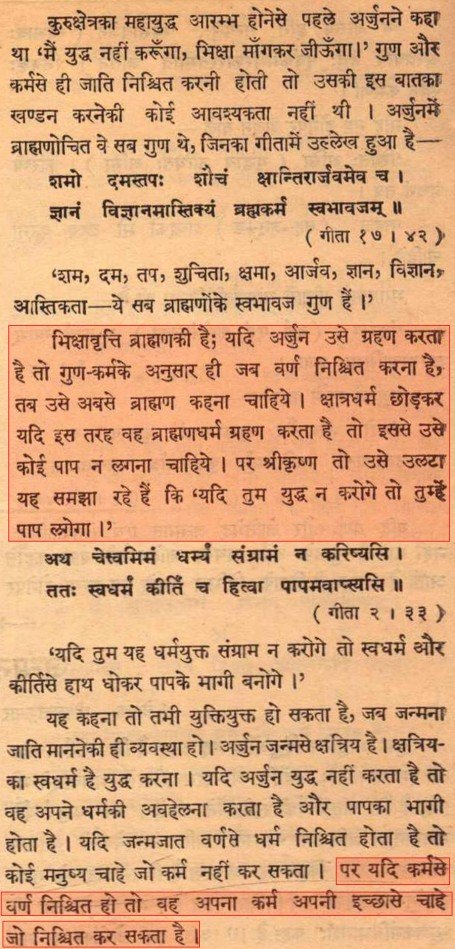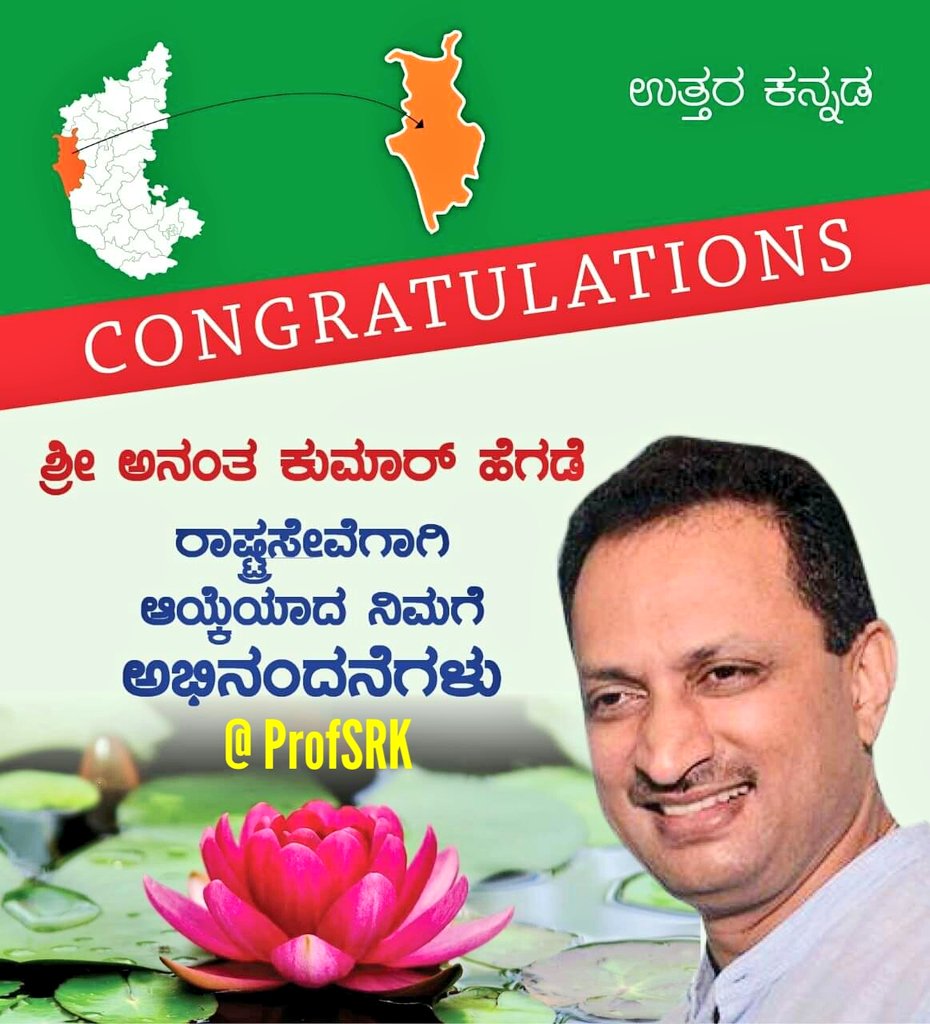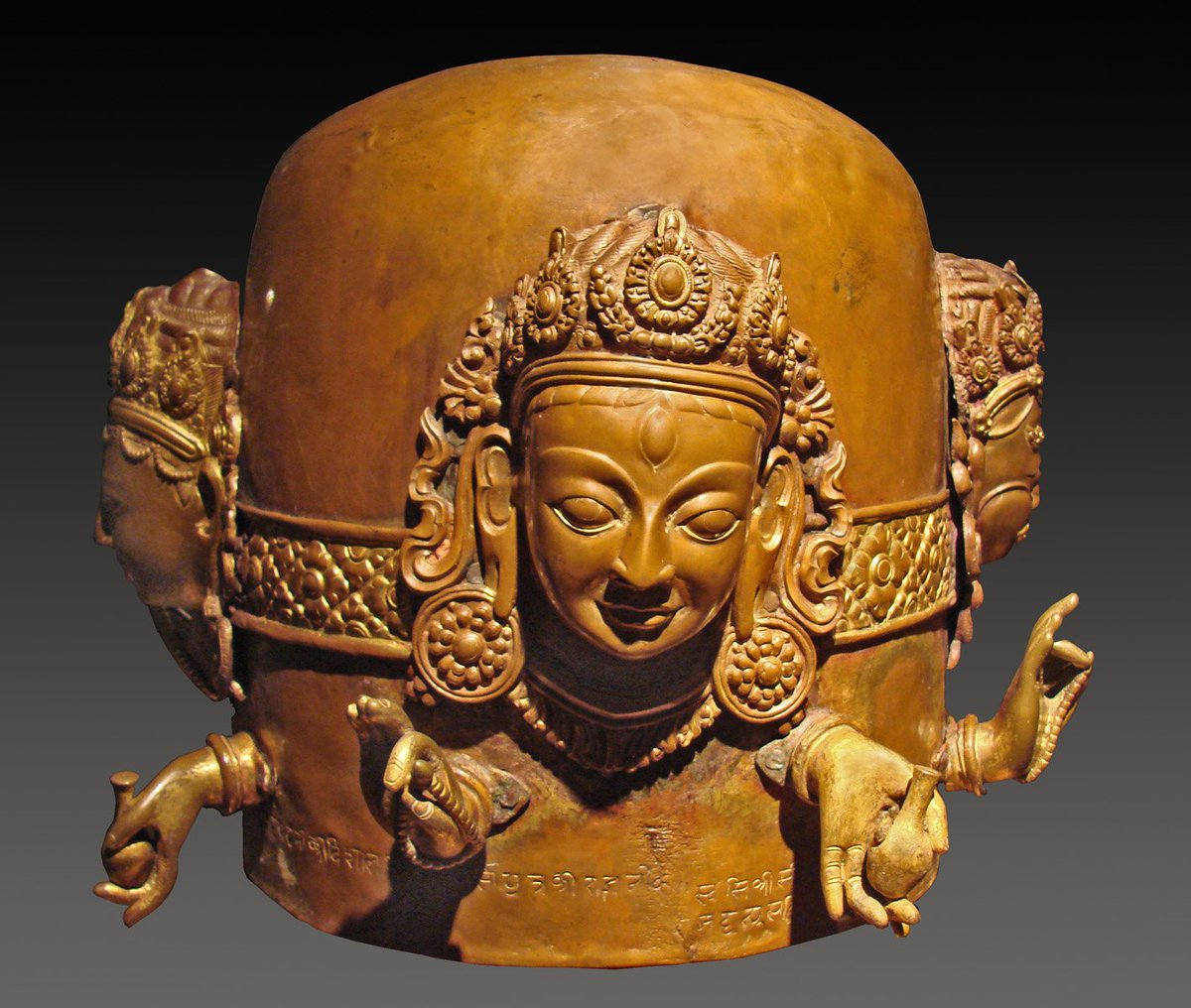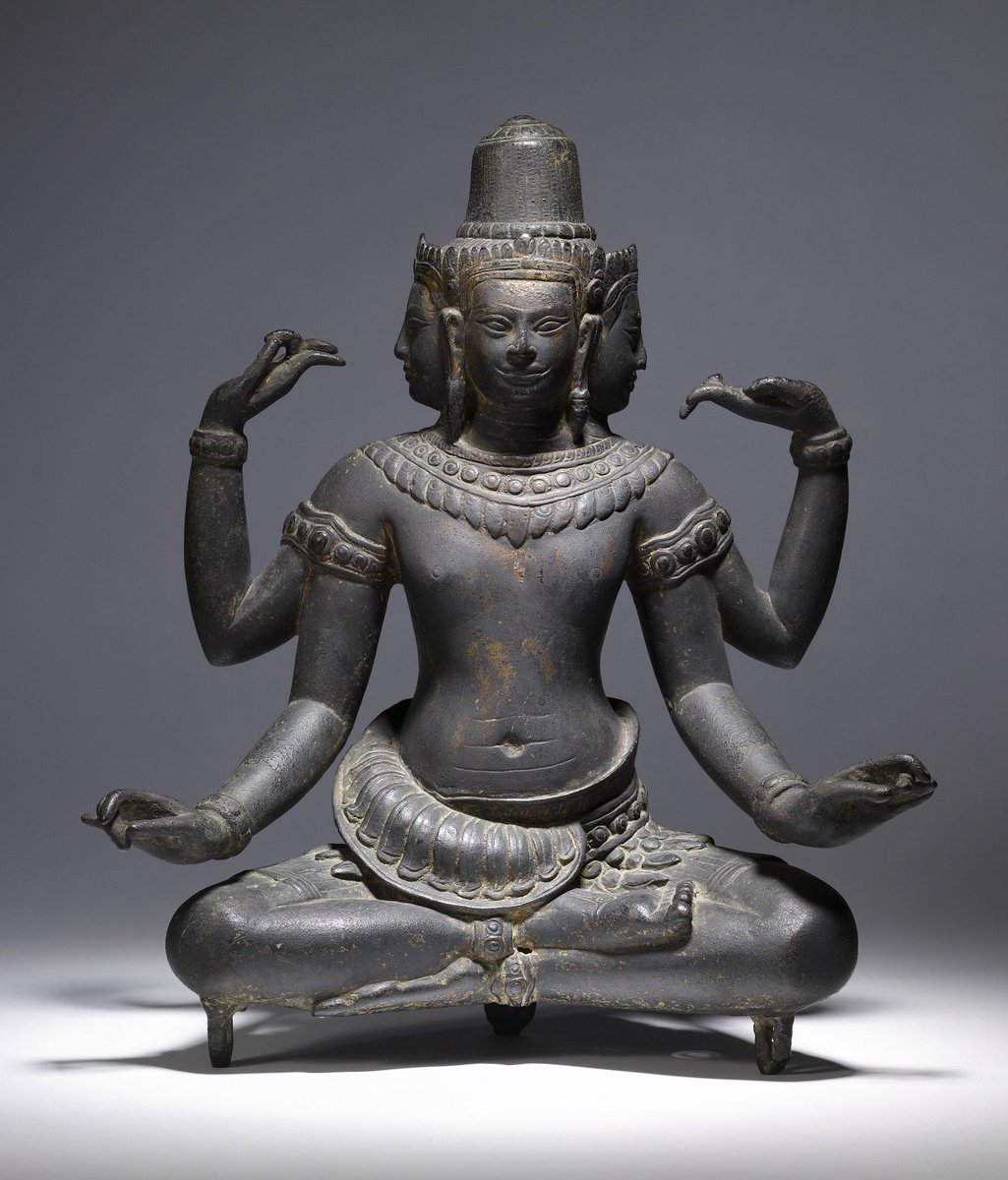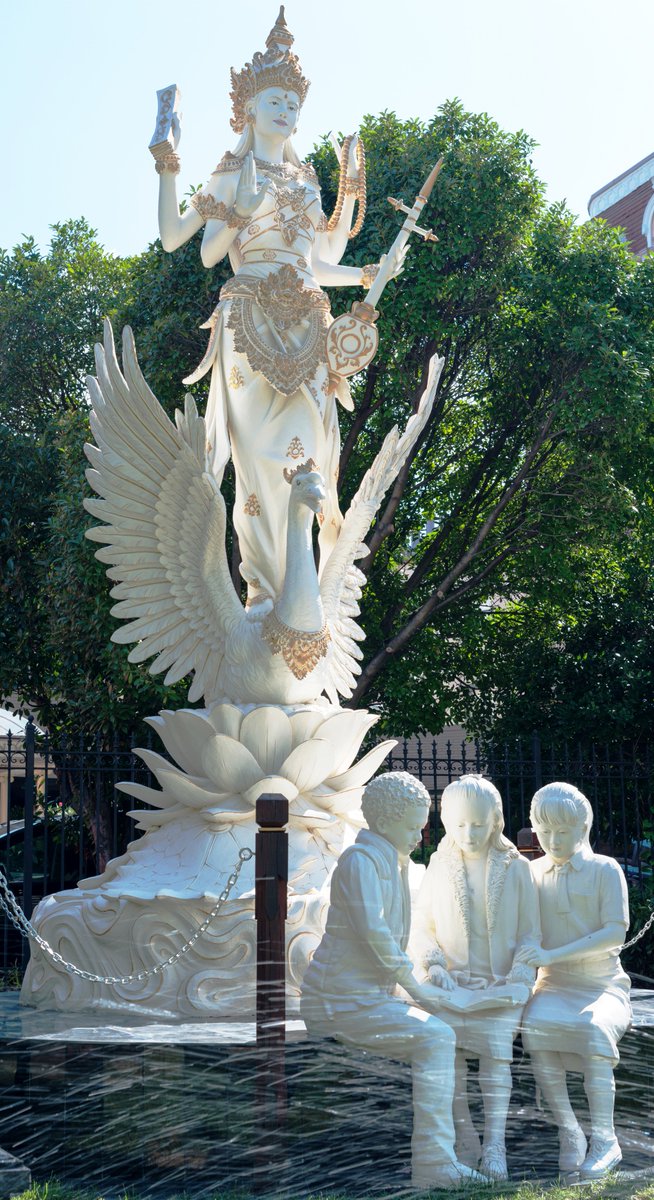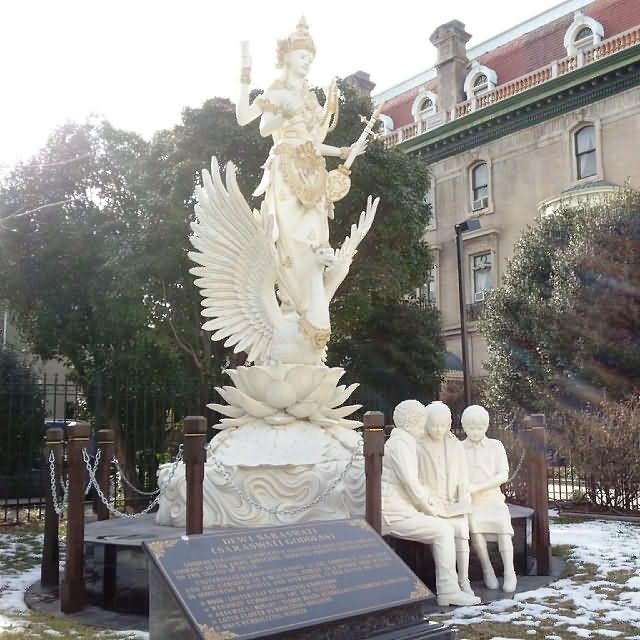1/n
2/n
3/n
4/n
5/n
6/n
7/n
8/n
Western scholars subsequently began to amplify such views in their own voices and crystallized the notion that contemporary Hinduism was an attempt to fabricate a common identity that had never before existed.
9/n
11/n
The top of the diagram shows the importance of Paul Hacker, who was the first academic scholar to develop this set of ideas in the 1950s.
12/n
13/n
14/n
15/n
Hacker saw Advaita Vedanta as a world-negating and impractical worldview.
17/n
18/n
19/n
20/n
21/n
22/n
23/n
24/n
25/n
26/n
27/n
28/n
27/n
28/n
29/n
They were clearly influenced by the Nazis in complex ways, including the ways in which they reacted against the Nazis, perhaps out of a sense of associative guilt.
30/n
31/n
32/n
34/n
35/n
36/n
He is known mainly under his Hindu adopted name, Agehananda Bharati.
37/n
38/n
39/n
40/n
41/n
Similarly, Bharati’s experiences serving in the German army caused him to revolt against it as well.
42/n
43/n
44/n
45/n
46/n
47/n
48/n
49/n
50/n
51/n
52/n
53/n
54/n
55/n
56/n
57/n
58/n
59/n
60/n
61/n
62/n
63/n
64/n
65/n
66/n
67/n
68/n
69/n
70/n
71/n
72/n
73/n
74/n
This myth has clear social and political ramifications....
75/n
76/n
She labels this monolith ‘syndicated Hinduism’, and this term has now become popular.
Internet discussions have further spread this myth.
77/n
kelamuni.blogspot.com/2006/09/neo-ve…
78/n
"Hinduism—the word, and perhaps the reality too—was born in the nineteenth century, a notoriously illegitimate child.
80/n
81/n
"As a religion, Hinduism is an utterly diverse conglomerate of doctrines, cults, and ways of life … 1+
82/n
83/n
84/n
85/n
86/n
87/n
88/n
89/n
90/n
91/n
93/n
95/n
indianexpress.com/news/why-india…
96/n
97/n
98/n
99/n
100/n
101/n
102/n
Thus any notion of Hindu unity is a dangerous fabrication.
103/n
104/104



